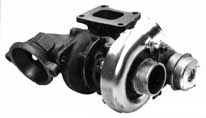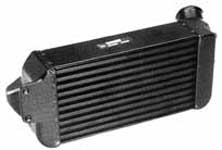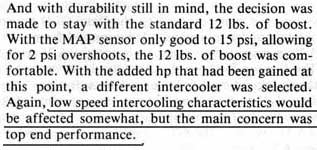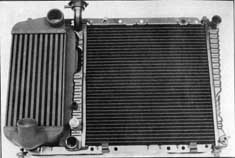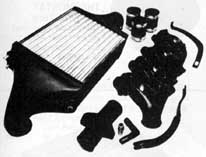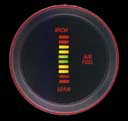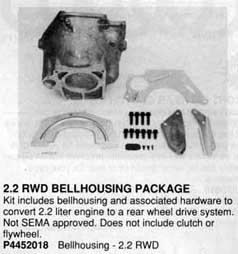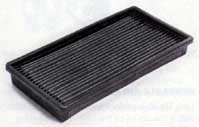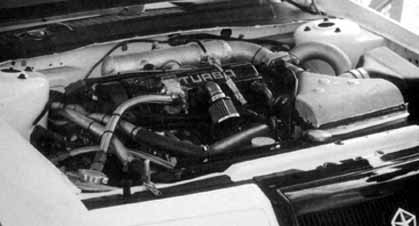


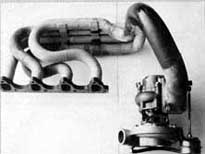
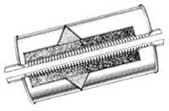


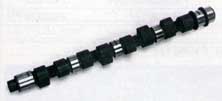
| 1984-1987 Turbo I/II | PN: 4293819 | .430 Lift | 240-240 Duration |
| 1988 Turbo I/II | PN: 4387850 | .430 Lift | 236-232 Duration |
| 1989-1992 Turbo I/II | PN: 4387721 | .430 Lift | 228-228 Duration |
| Forward Motion 475 | FM09034 | .460 Lift | Unknown |
| CompCam / Super 60 | #22-124-4 | .499 Lift | 268-268 Duration |
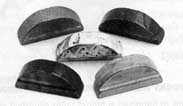
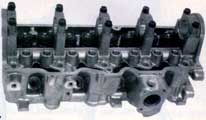
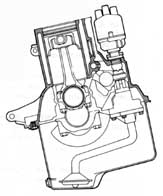
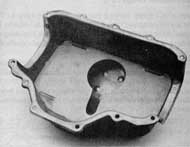
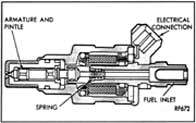
| 4418474/5 | Stock Turbo I | 27 lbs/hr at 55psi. |
| P4452803 | Mopar Performance | 30 lbs/hr at 55psi. |
| 4418258 | Stock Turbo II (89 vintage) | 32 lbs/hr at 55psi. |
| P4452804 | Mopar Performance | 34 lbs/hr at 55psi. |
| P4529495 | Mopar Performance +20% | 42 lbs/hr at 55psi. |
| P5249452 | Mopar Performance Super 60 | 52 lbs/hr at 55psi. |
| 4418213 | 2.5L (Low Resistance) | 34.85 lb/hr at 55psi. |
| 5277895 | 2.5L (Low Resistance) | 34.85 lb/hr at 55psi. |
| 4532586 | 2.5L Plus (+40%) | 52.98 lb/hr at 55psi. |
| 4275312 | 84 Turbo I, good part number. | Bosch |
| 4306024 | 85-86 Turbo I, supersedes to 4418255, then to 4418474 | Bosch |
| Unknown | MP: 4452803 Turbo I + | Deka? |
| 4306018 | 87 Shelby Z Turbo II; supersedes to 4418258, then to 5277895 | Bosch |
| 4418335 | Unknown on 89-93 fuel rail, not a good part number | Bosch |
| 4418258 | 89 Turbo II / 89 2.5 Turbo I, supersedes to 5277895 | Bosch |
| 4418213 | 91 16V / 89 Turbo II, supersedes to 5277895 | Deka |
| 4504322 | Unknown-Turbo II?, supersedes to 5277895 | Unknown |
| 5277895 | MP: P4452804 (4 pack) current 2.5 TI/TII/TIII/TIV injector | Deka |
| P4532170 | MP: P4529495 (4 pack) +20% | Deka |
| 4532586? | MP: P5249452 (4 pack) +40% Super 60 | Deka? |
